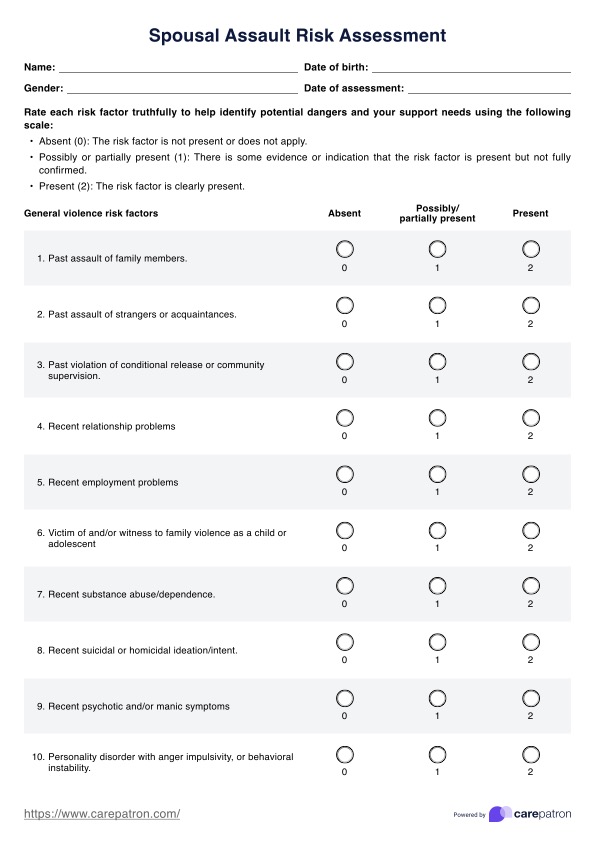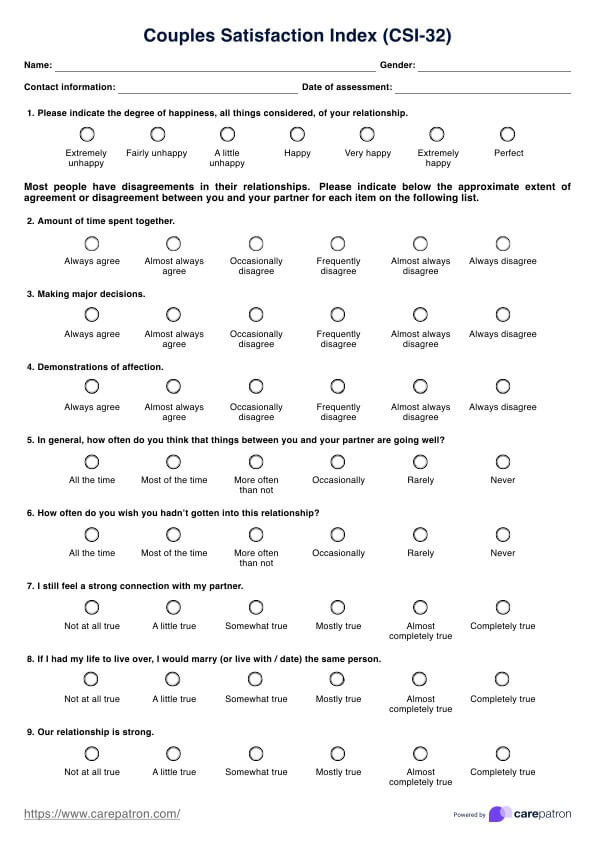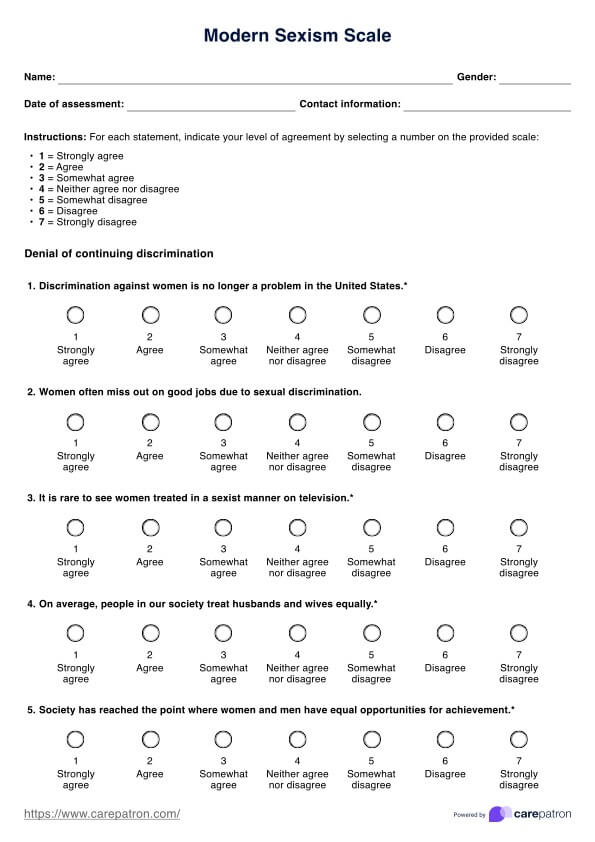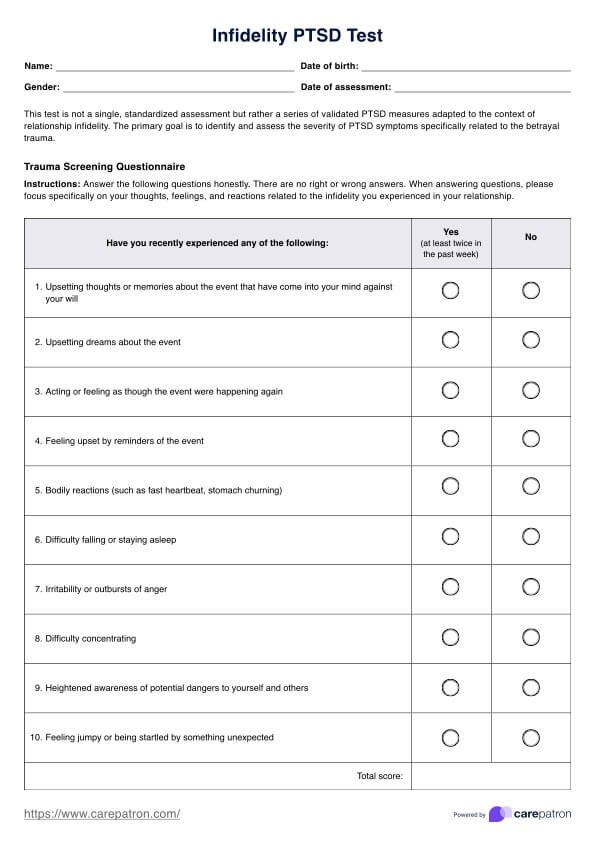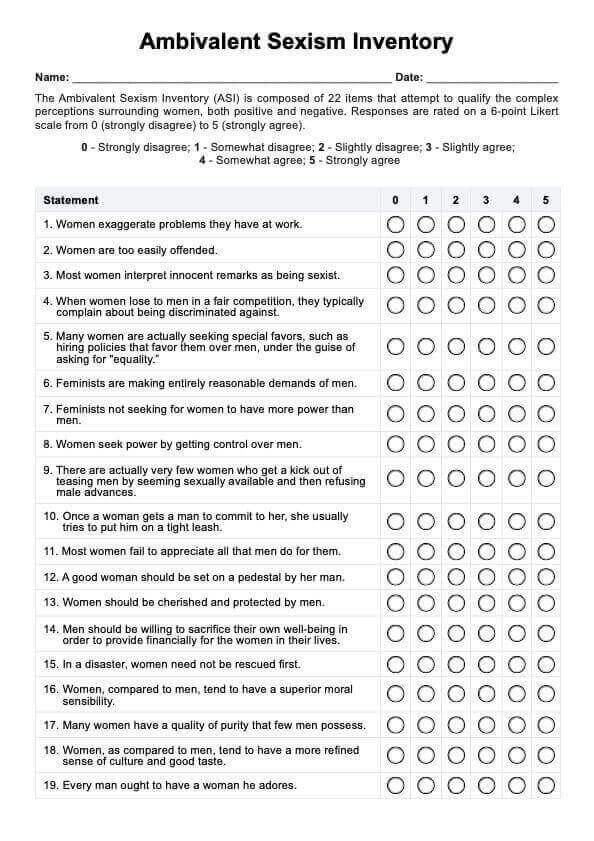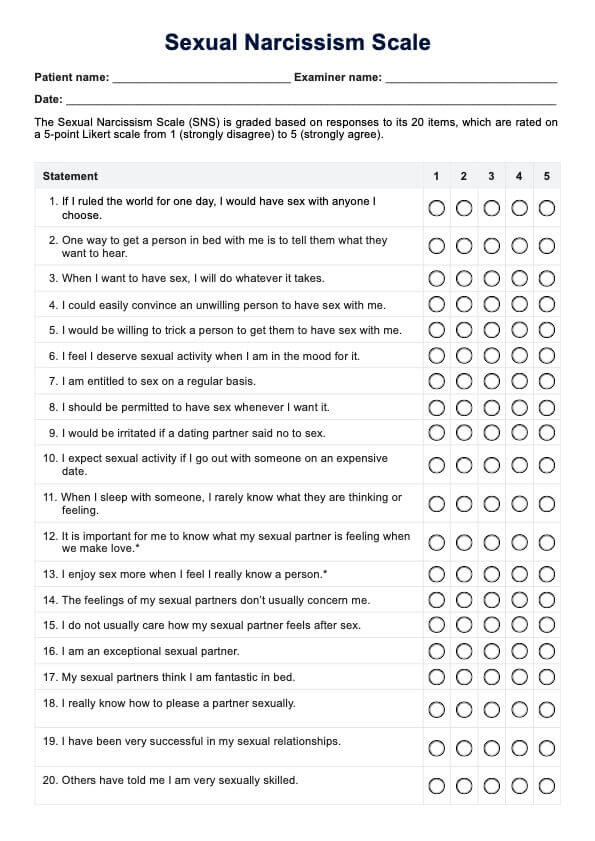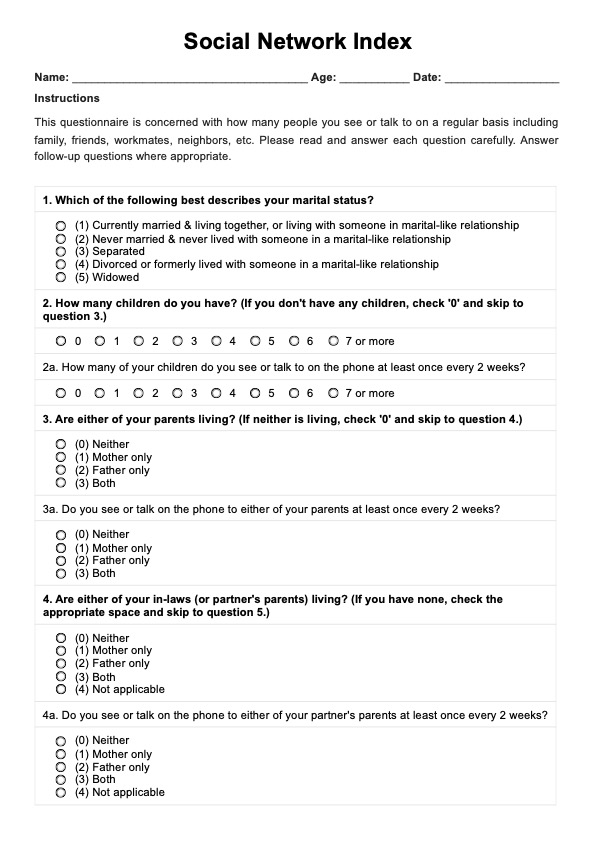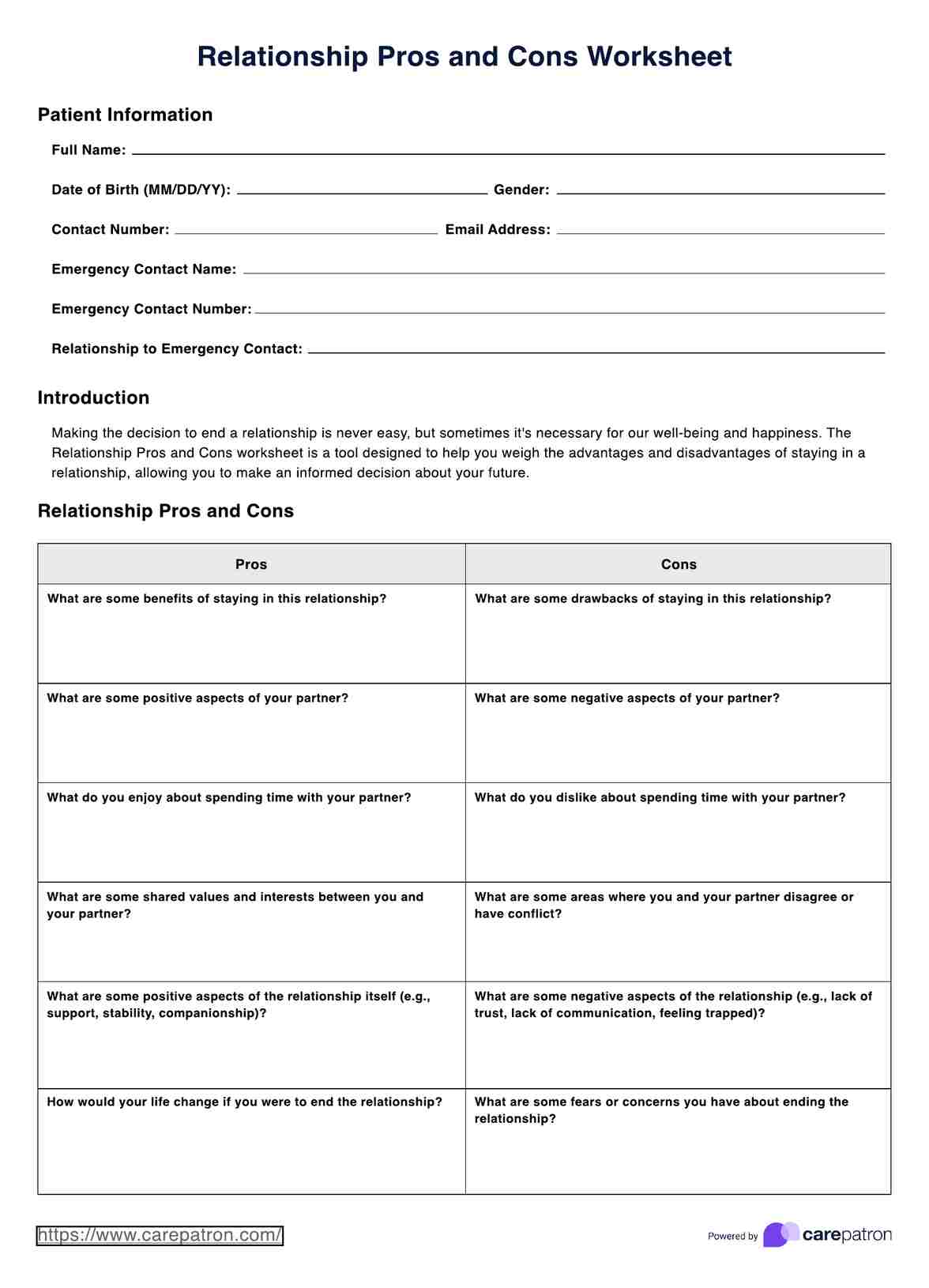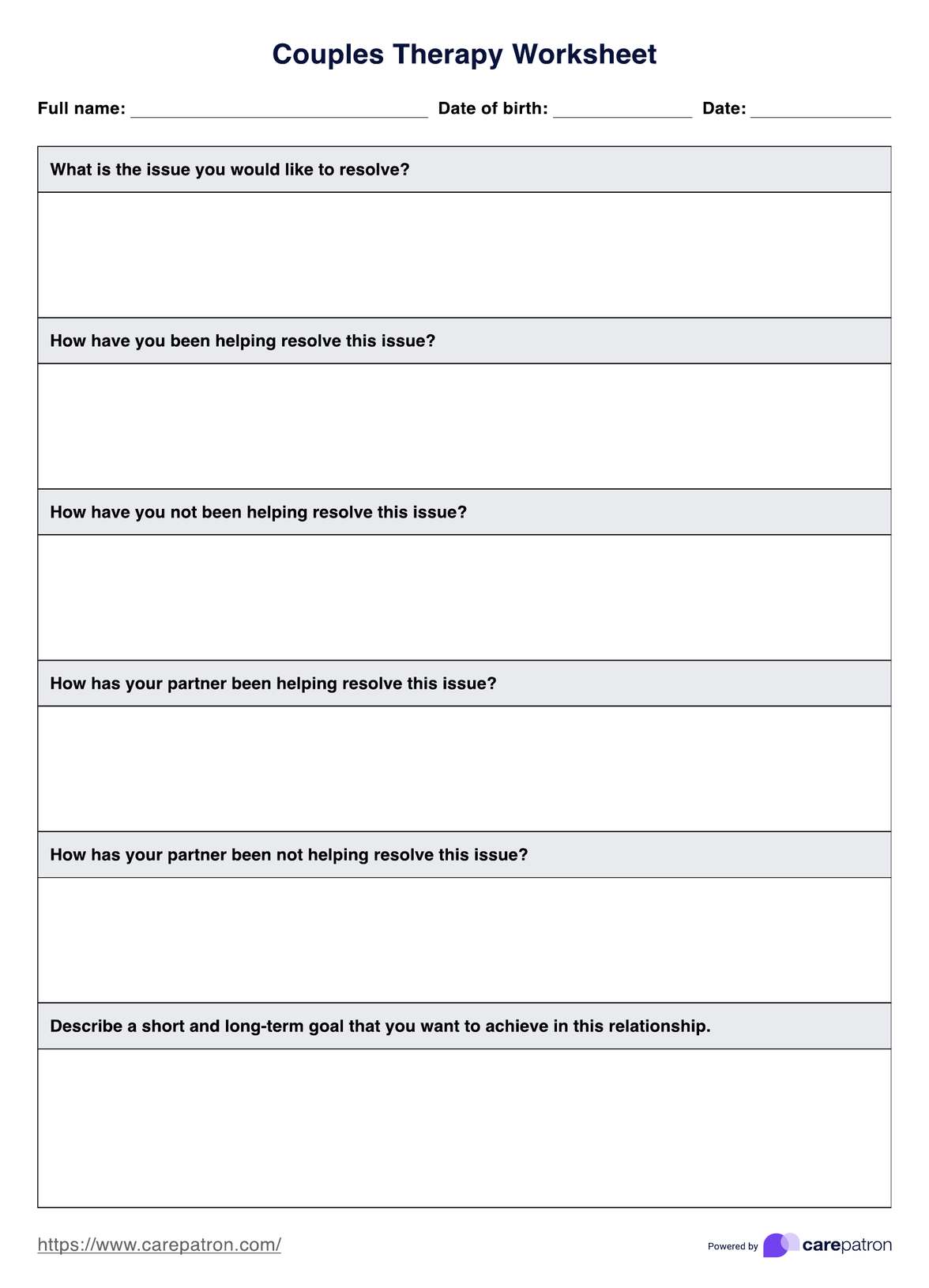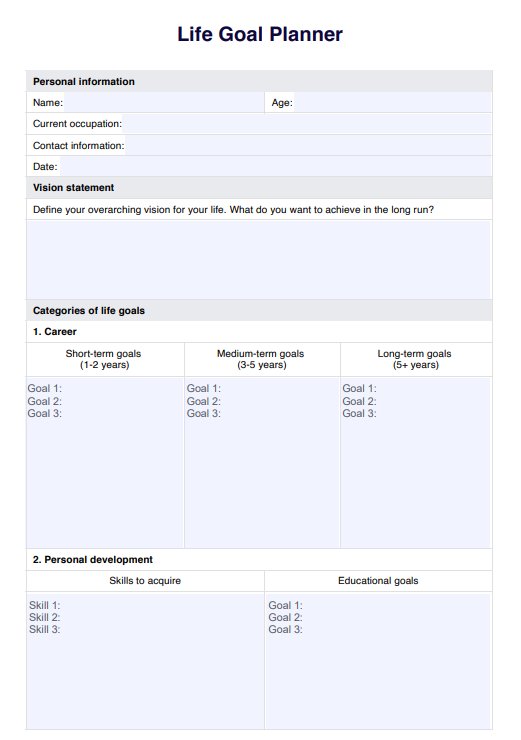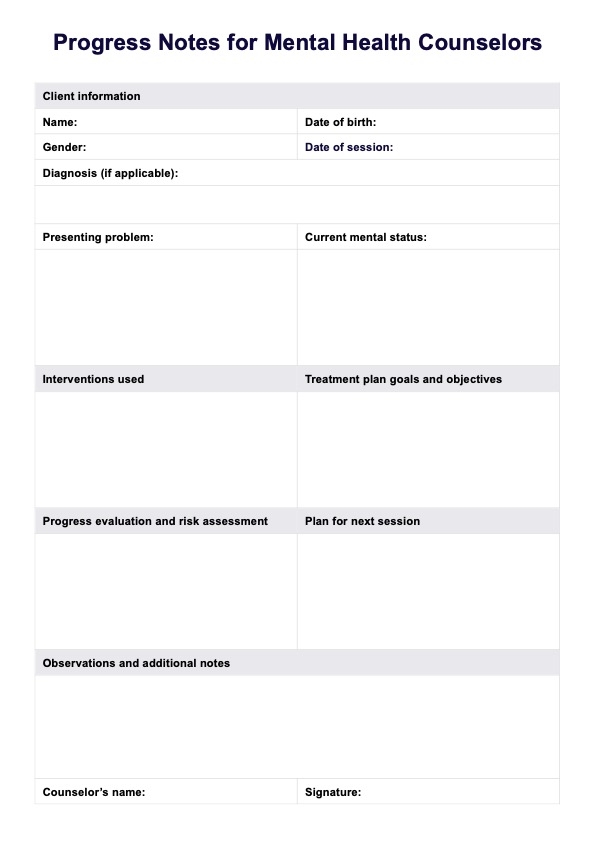Fibromyalgia Tests
Dive deep into fibromyalgia diagnosis with our comprehensive test guide. Download the free PDF and discover why Carepatron is the top choice for holistic care.


What Is A Fibromyalgia Test?
Hey there, dedicated healthcare professional! Ever had patients come in describing seemingly unrelated symptoms, only to suspect they might be dealing with fibromyalgia? It's a challenge, isn't it? Determining fibromyalgia is notoriously tricky, often labeled the 'invisible illness' due to the absence of visible signs.
Enter the . This test is a beacon in the fog for professionals like you, seeking clarity amidst the vague symptoms that fibromyalgia often presents. Unlike other conditions where a blood test or an X-ray might reveal the root cause, fibromyalgia requires a more holistic approach to diagnosis. This tool isn't just a test; it's a comprehensive assessment focusing on pain points, fatigue, sleep disturbances, and several other factors.
Imagine having a trusty guide streamlining the process, making it easier for you and your patient. Using the Fibromyalgia Test, you're not just ticking boxes; you're taking a deep dive into your patient's overall well-being, catching patterns and symptoms that might be easily overlooked.
If you've been hunting for an effective way to tackle this elusive diagnosis, your search ends here. Keep reading to delve deeper, and don't forget – we've got a downloadable PDF waiting for you. So, gear up to arm yourself with one of the most comprehensive tools in the fight against fibromyalgia!
Fibromyalgia Tests Template
Fibromyalgia Tests Example
How To Use the Fibromyalgia Test
With fibromyalgia becoming increasingly prevalent and the absence of specific laboratory tests to confirm the diagnosis, healthcare professionals need to have a structured approach. The Fibromyalgia Test is designed to streamline the diagnostic process while ensuring comprehensive patient assessment. Here's how you can make the most of it:
Step 1: Start With Patient Information
- Gather the basic patient details. This includes the name, age, gender, contact number, and test date.
- Ensure that the patient feels comfortable and understands the purpose of this comprehensive test.
Step 2: Delve Into Medical History
- Inquire about previous diagnoses, especially conditions often comorbid with fibromyalgia, like IBS or migraines.
- Ask about surgeries, allergies, and a family history of fibromyalgia or other rheumatic diseases.
Step 3: Engage In a Detailed Questionnaire
- This section helps determine the extent and duration of the symptoms. Make sure to cover all areas, including sleep, mood, cognitive disturbances, and more.
- Ensure that the patient is honest and open about their symptoms. A reassuring approach works best.
Step 4: Conduct Clinical Tests
- Start with a tender point examination, which is central to diagnosing fibromyalgia.
- Blood tests are essential to rule out other conditions.
- Consider a sleep study or further neurological examinations depending on the patient's complaints.
Step 5: Summarize the Findings
- Note down crucial observations and any notable symptoms, and determine the severity of the condition.
- Ensure that all aspects of the patient's health are considered.
Step 6: Provide an Interpretation
- Based on the findings, come to a diagnosis. If fibromyalgia is diagnosed, lay down the next steps.
- Recommendations could include therapy, medications, or lifestyle changes.
In conclusion, this test is a powerful tool for healthcare professionals seeking a structured approach to diagnose fibromyalgia. Remember, it's not just about filling out a form but engaging with the patient to ensure they get the proper care and support moving forward.
When Would You Use This Form?
The journey from recognizing the importance of the Fibromyalgia Test, exemplified by our sample answers, to understanding when it's apt to employ this resource is crucial. The form is designed to streamline the diagnostic process, but its effectiveness hinges on knowing the right instances to use it. Here are some circumstances where this form becomes invaluable:
- Initial Patient Consultation: Often, patients present with a myriad of symptoms that might suggest fibromyalgia. Using the form at this stage helps gather structured information, ensuring no crucial detail is overlooked.
- Differential Diagnosis: Fibromyalgia symptoms can mimic other conditions. This form aids in distinguishing fibromyalgia from other potential diagnoses, ensuring targeted treatment.
- Periodic Assessments: Regular check-ins using this form can help monitor the progression or regression of symptoms and the effectiveness of treatments for patients already diagnosed with fibromyalgia.
- Referrals: When referring a patient to a specialist or another care provider, sharing a filled-out Fibromyalgia Test can give the receiving physician a comprehensive overview of the patient's current state.
- Treatment Adjustments: Before making significant changes to a patient's treatment plan, revisiting the form can shed light on areas of concern or improvement, guiding the next steps.
- Research & Studies: For practitioners involved in fibromyalgia research, consistent use of a standardized form ensures uniform data collection across participants.
While the Fibromyalgia Test is potent, its efficacy is magnified when applied at the right junctures. Ensuring its use in appropriate scenarios provides a better understanding of the patient's condition, leading to optimized care.
Benefits of Using the Fibromyalgia Test Template
Streamlined Diagnostic Process
Using the Fibromyalgia Test template ensures the diagnostic process is structured and comprehensive. This standardization ensures that no critical symptom or detail is overlooked during the evaluation.
Enhanced Patient Communication
With a systematic layout, practitioners can communicate and explain the diagnosis process to patients more effectively. It creates a transparent environment where patients can better understand and engage with their care journey.
Efficient Data Recording and Retrieval
The structured format of the template makes it easy to record, store, and retrieve patient information. This efficiency becomes crucial during follow-up visits, treatment adjustments, or referrals.
Facilitates Differential Diagnosis
The meticulous layout helps distinguish fibromyalgia from other conditions that might exhibit similar symptoms. This differentiation ensures patients receive targeted and appropriate treatment.
Consistency in Research and Studies
For those involved in fibromyalgia research, using a standardized template ensures uniform data collection, thereby enhancing the validity of research findings.
Empowers Patient Self-awareness
Providing patients with a clear outline of what's being assessed empowers them with knowledge. They can better understand their symptoms, fostering a proactive approach to their health.
Research & Evidence
Fibromyalgia, a condition characterized by widespread musculoskeletal pain, fatigue, sleep disturbances, and memory issues, has long perplexed the medical community. Its symptoms often overlap with other disorders, making diagnosing it challenging. However, years of extensive research and clinical studies have paved the way for practical diagnostic tools, like the Fibromyalgia Test we've discussed.
- Criteria Development: In 1990, the American College of Rheumatology (ACR) introduced the first official diagnostic criteria for fibromyalgia. This was a significant step towards standardizing the diagnostic process and ensuring patients receive appropriate care.
- Revised Guidelines: The ACR updated these criteria in 2010 and again in 2016, highlighting the importance of symptom severity and widespread pain when diagnosing fibromyalgia. Our test template incorporates these updates, ensuring it remains at the forefront of current medical understanding.
- Evidence from Imaging: Recent neuroimaging studies have revealed distinct patterns in the brains of fibromyalgia patients, indicating that it's not merely a 'made-up' or psychological condition but has a factual, physical basis. Such findings emphasize the importance of thorough assessment tools that capture the multifaceted nature of the disorder.
- Value of Patient History: A 2015 study highlighted the importance of a detailed medical history in diagnosing fibromyalgia, particularly distinguishing it from other conditions with similar symptoms. Our comprehensive test ensures that such critical information isn't overlooked.
- Self-Reported Symptoms: Multiple studies have shown the importance of self-reported symptoms in diagnosing fibromyalgia. Patient feedback on pain location, sleep quality, and other issues is pivotal in reaching an accurate diagnosis.
The Fibromyalgia Test, grounded in rigorous research and clinical expertise, provides an invaluable tool for healthcare professionals. Its structured layout ensures a comprehensive patient evaluation, incorporating the latest scientific findings and the lived experiences of those with the condition.
References
- Flodin, P., et al. (2014). Fibromyalgia is associated with decreased connectivity between pain- and sensorimotor brain areas. Brain Connectivity, 4(8), 587-594.
- Häuser, W., et al. (2015). The role of pain and functional impairment in recommending total joint replacement in hip and knee osteoarthritis: an international cross-sectional study of 1909 patients. Report of the OARSI-OMERACT Task Force on total joint replacement. Osteoarthritis and Cartilage, 19(2), 147-154.
- Marcus, D. A., et al. (2015). An empirical evaluation of the fibromyalgia survey diagnostic criteria. Rheumatology International, 35(3), 561-569.
- Wolfe, F., et al. (1990). The American College of Rheumatology 1990 Criteria for the Classification of Fibromyalgia. Arthritis and Rheumatism, 33(2), 160-172.
- Wolfe, F., et al. (2016). 2016 Revisions to the 2010/2011 fibromyalgia diagnostic criteria. Seminars in Arthritis and Rheumatism, 46(3), 319-329.
Commonly asked questions
Absolutely! While our test provides a comprehensive framework based on the latest research, Carepatron's platform allows easy customization to fit your patient's needs best.
No, Carepatron is versatile and caters to various medical conditions, making it an excellent tool for holistic patient care across multiple ailments.
Patients will have secure login details, granting them access to their profiles, resources, symptom trackers, and direct communication with their healthcare team.


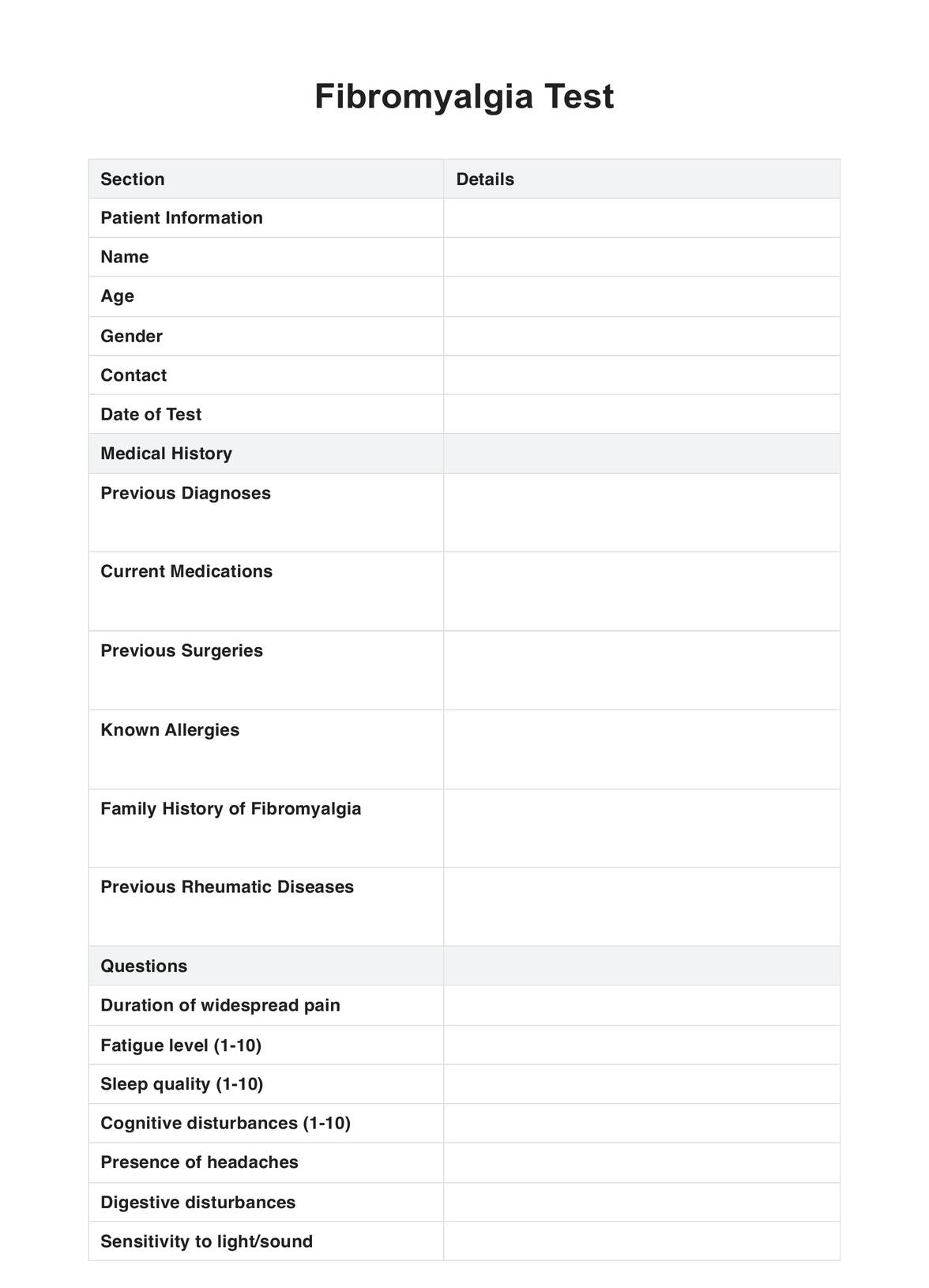
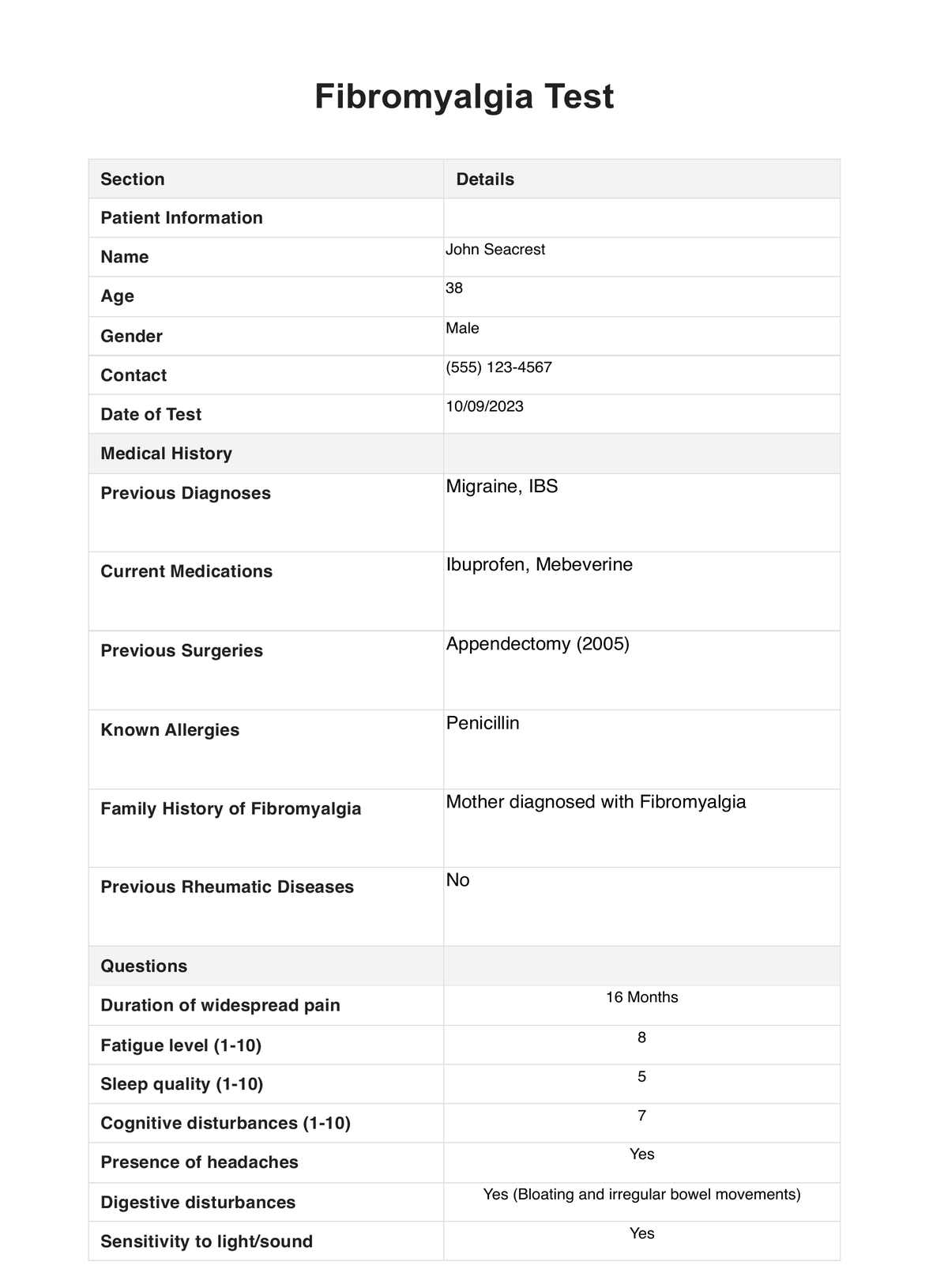

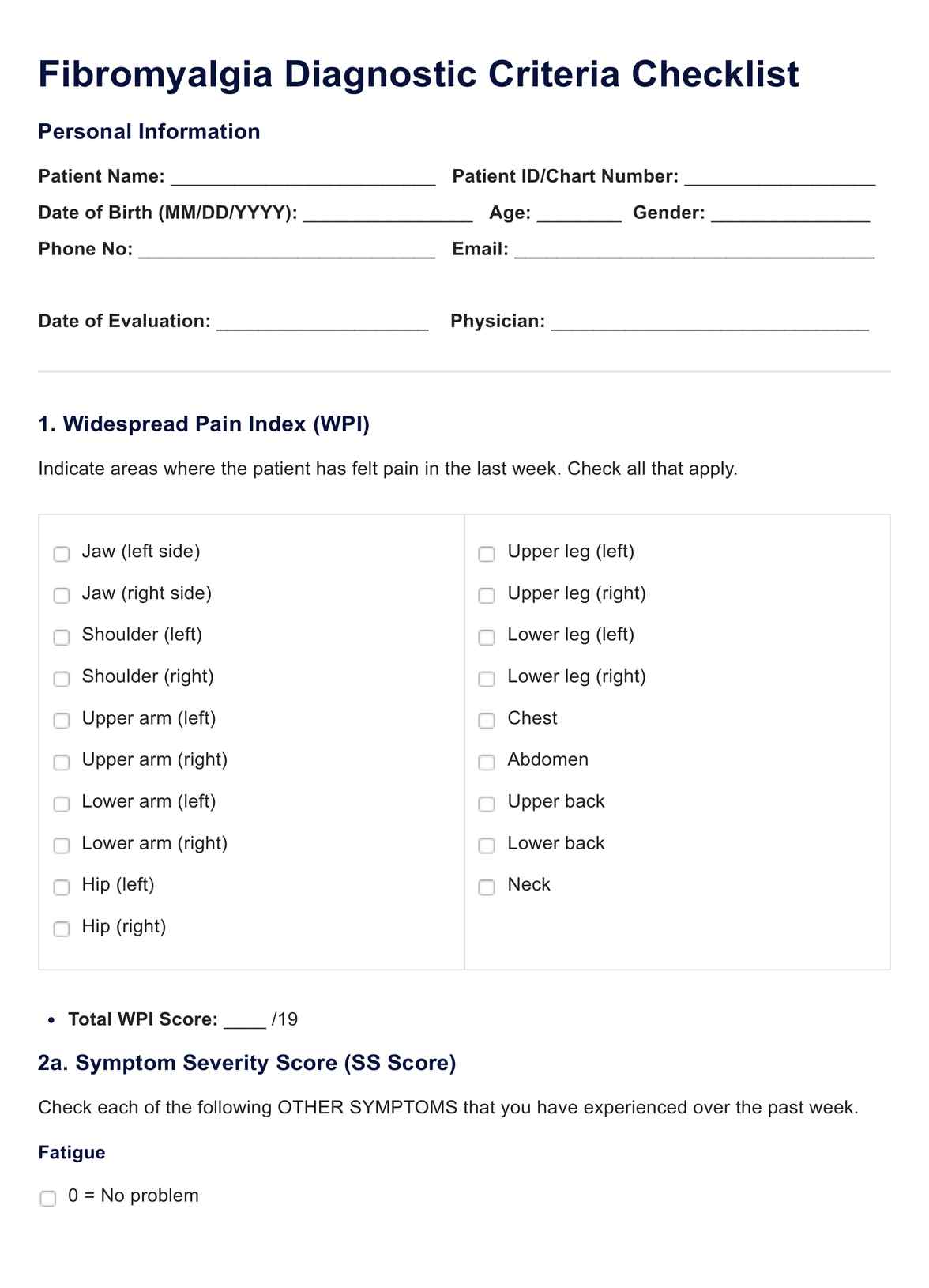
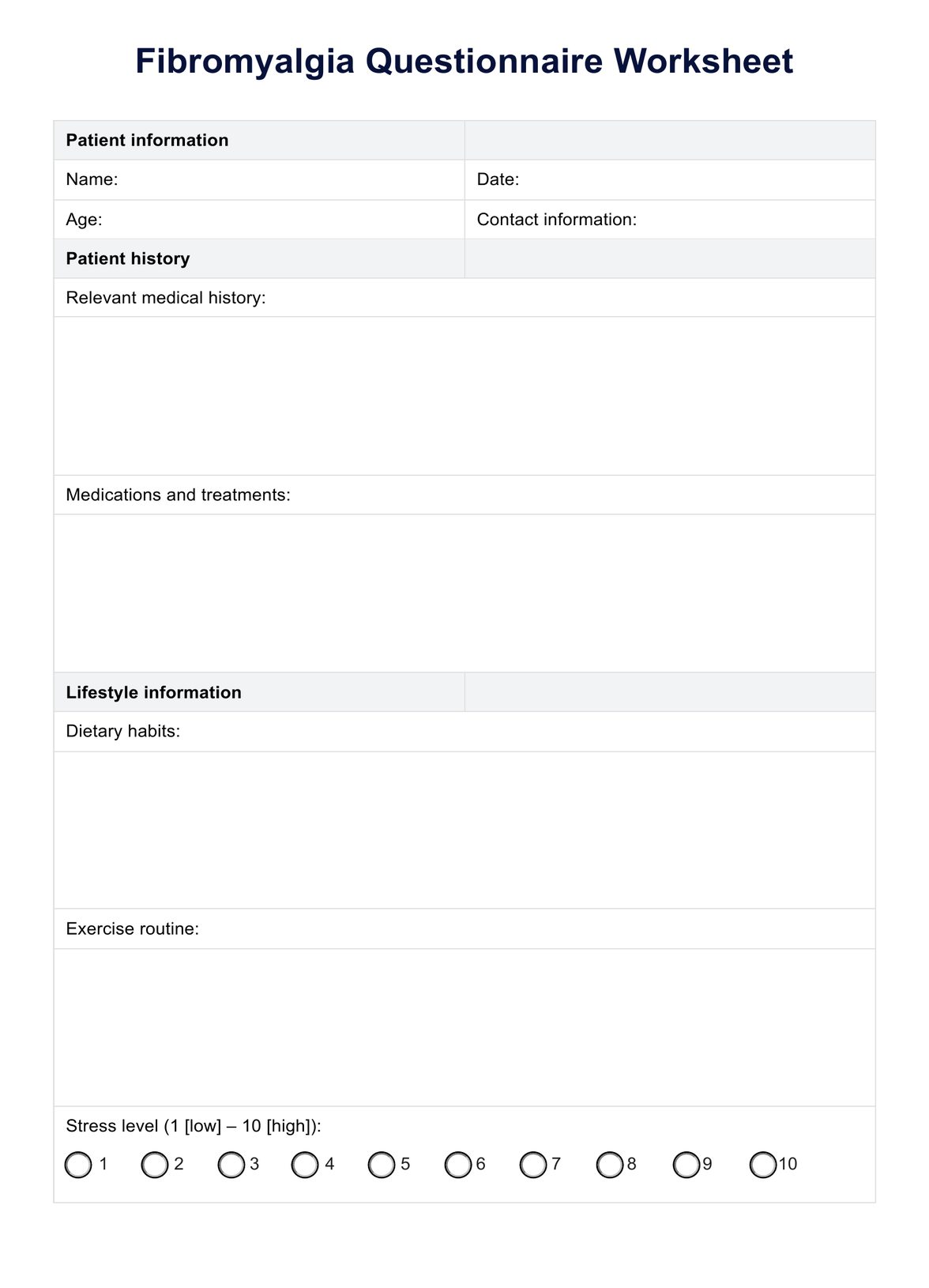












-template.jpg)









